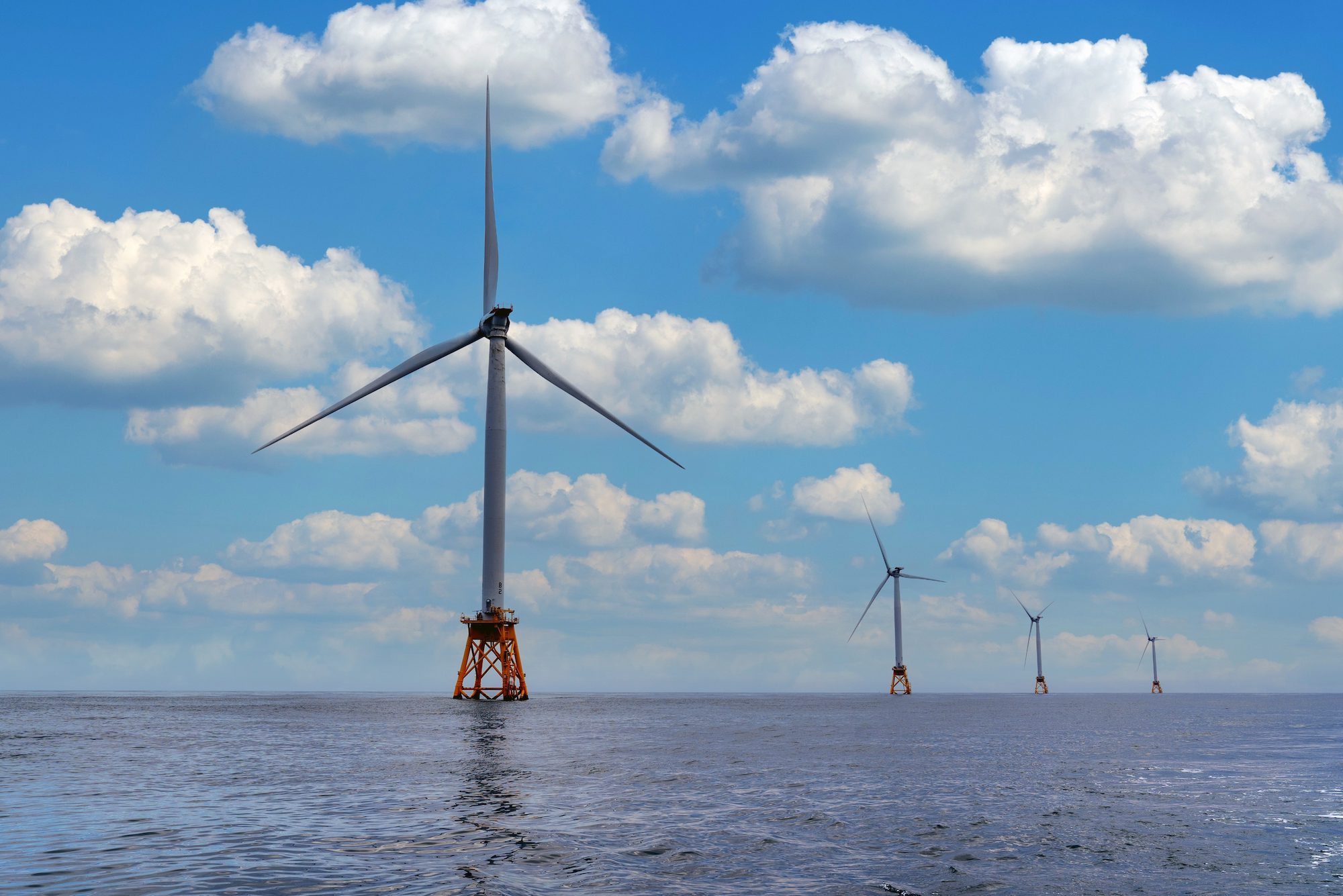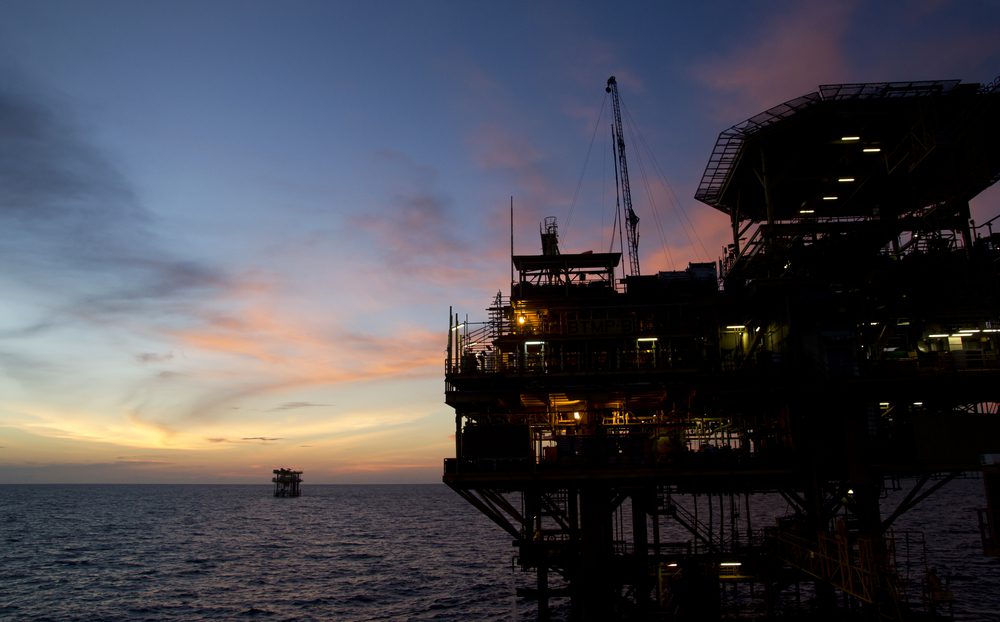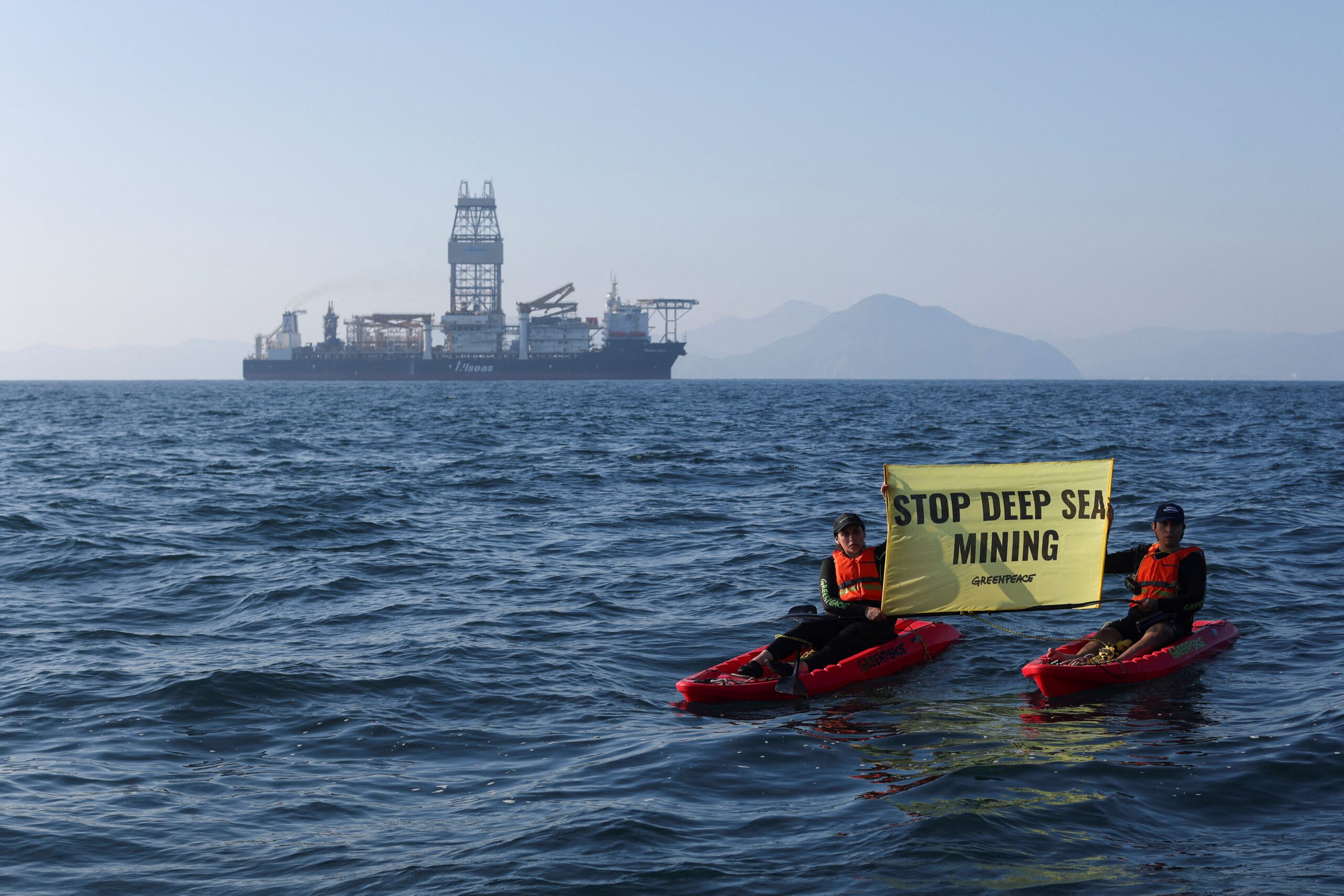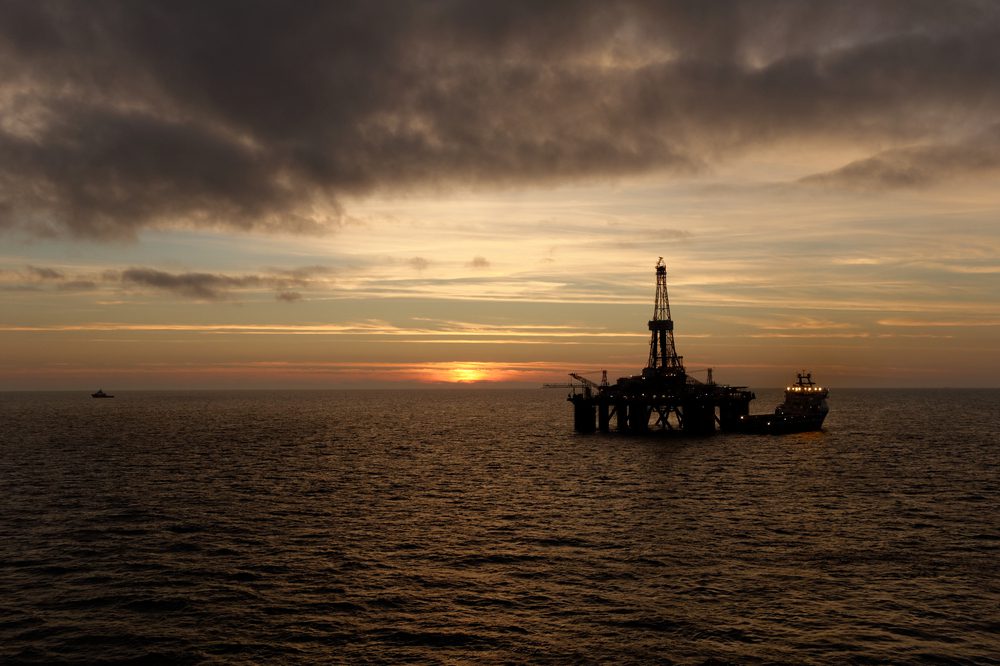By Scott DiSavino and Nichola Groom
Sept 18 (Reuters) – U.S. President Joe Biden’s plan to deploy 30,000 megawatts (MW) ofoffshore wind by 2030 is still possible, although not easy, the CEO of Orsted ORSTED.CO, the world’s largest offshore wind developer, said on Monday at the Climate Week NYC event in New York.
The remarks by Orsted CEO Mads Nipper come as soaring costs and supply chain delays have increasingly cast doubt on the Biden administration’s goal, a cornerstone of its plan to fight climate change. The Danish company said at the end of August that it may see U.S. impairments of $2.3 billion due to the market challenges.
Orsted Ready to Abandon U.S. Wind Projects Amid Challenges
“We’ve seen dark clouds gather,” Nipper said, noting that interest rates going from largely 0% to 4%, which is having a “very dramatic impact on renewables because the fuel of the renewable industry is capital.”
“We don’t need gas or oil or coal. It’s capital and that overnight has become significantly more expensive,” Nipper said.
Other challenges include “financially fragile” supply chains, “relatively uncertain policy frameworks,” and rising costs for “everything we need” from turbines to foundations and substations, Nipper said.
Policymakers and the industry need to accept that “for a little while the price of renewable power will have to go up, but we will bring it down again,” Nipper said.
Challenges Facing the U.S. Offshore Wind Industry
The Biden administration has passed lucrative subsidies aimed at helping companies build new offshore wind power capacity to help decarbonize the power sector and revitalize domestic manufacturing.
But offshore wind developers have said that certain tax credits in the Inflation Reduction Act, Biden’s landmark climate change law, are insufficient and are lobbying for less stringent rules around qualifying for the credits.
Last week, the governors of six Northeastern states urged Biden to direct his administration to take actions to support struggling offshore wind projects.
In a letter to Biden, the governors of Maryland, Connecticut, Massachusetts, New Jersey, New York and Rhode Island asked for leniency in qualifying offshore wind projects for new clean energy tax credits, speedier permitting, and the establishment of a program to direct a portion of the revenue generated by federal offshore wind leases to states.
“Without federal action, offshore wind deployment in the U.S. is at serious risk of stalling because States’ ratepayers may be unable to absorb these significant new costs alone,” the governors said in the letter.
Offshore wind is crucial to the targets of Northeast states who want to move away from fossil fuel-fired electricity. Many have mandates to install large amounts of the technology in the coming decade.
(Reporting by Scott DiSavino in New York and Nichola Groom in Los Angeles; Additional reporting by Shariq Khan; Editing by Mark Porter and Marguerita Choy)
(c) Copyright Thomson Reuters 2023.

 Join The Club
Join The Club












